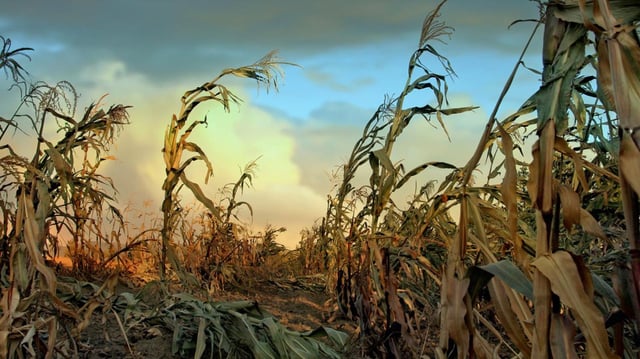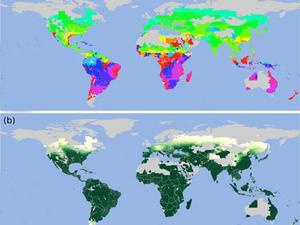Overview
- Using the Cycles agroecosystem model, the team simulated six soot-injection levels and projected global corn yields could drop by 7% in a regional conflict and 80% in a full-scale war
- Ozone destruction is expected to peak six to eight years after a nuclear exchange, increasing UV-B radiation and driving an additional 7% decline for a worst-case 87% yield loss
- Agricultural resilience kits would contain region-specific seeds of fast-maturing, cold-tolerant varieties designed for shortened growing seasons
- Researchers warn that seed availability bottlenecks and lack of international coordination pose major challenges to implementing the resilience kit strategy
- The findings highlight global agriculture’s fragility to extreme climatic shocks and underscore the need for preparedness against both human-induced and natural catastrophes

